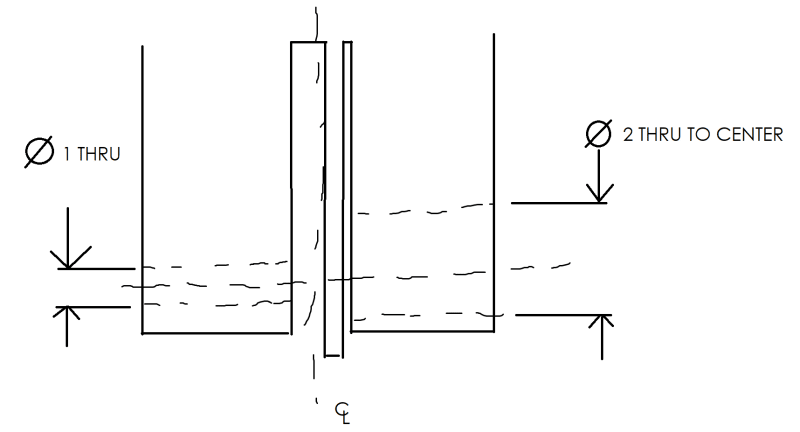G_Apache
Mechanical
- Jul 7, 2022
- 6
Hi all,
At my place of work we're having a discussion over whether "THRU TO CENTER" is a valid/common callout.
I have seen "THRU", "THRU ALL", and "THRU TO BORE" but I am wondering if there is a generally agreed upon list of variations of THRU that would be generally understandable across companies and industries, or what you think that list would be.
At my place of work we're having a discussion over whether "THRU TO CENTER" is a valid/common callout.
I have seen "THRU", "THRU ALL", and "THRU TO BORE" but I am wondering if there is a generally agreed upon list of variations of THRU that would be generally understandable across companies and industries, or what you think that list would be.

